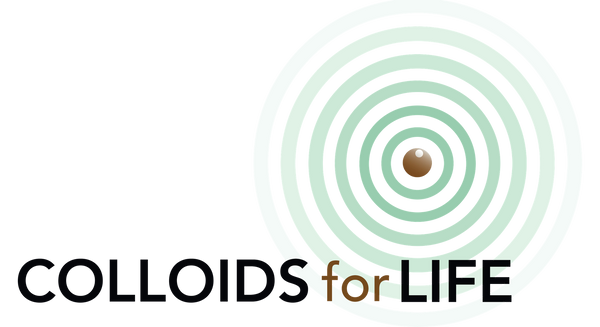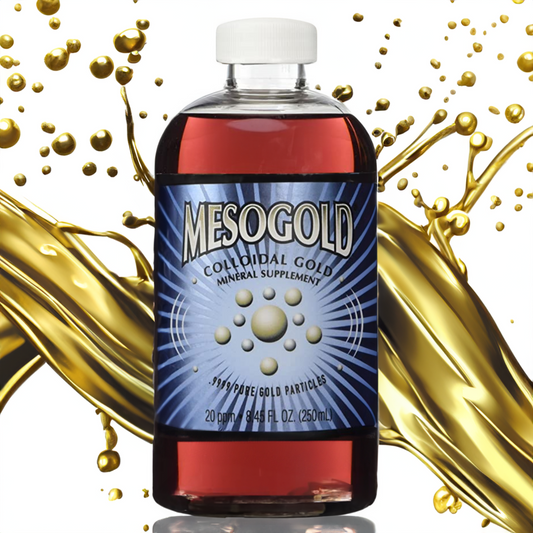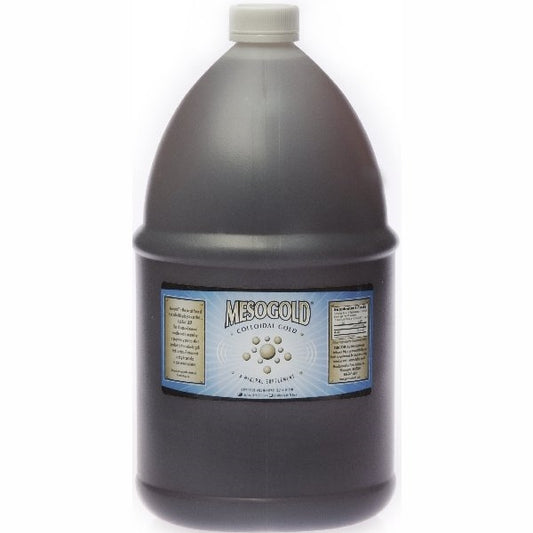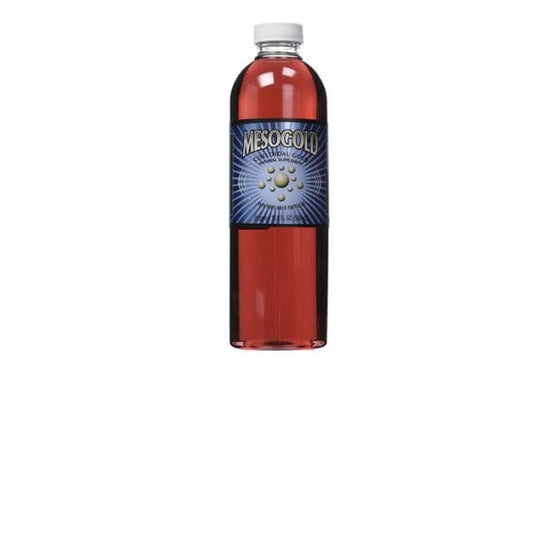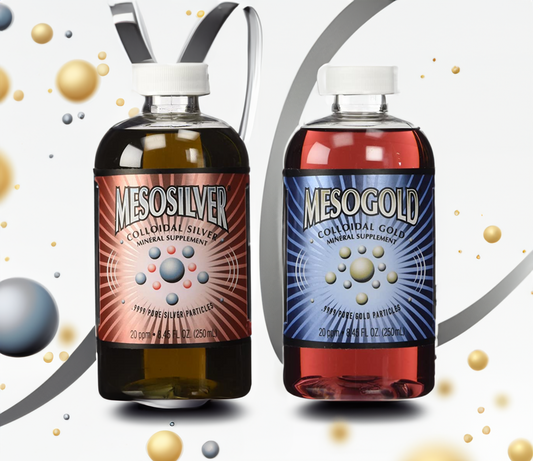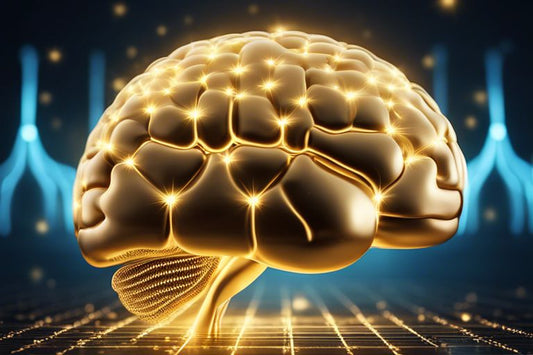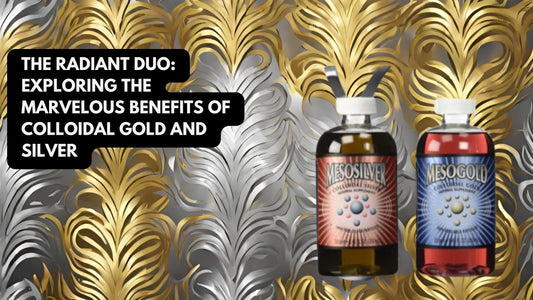One of the main misunderstandings about colloidal silver is the term bioavailability. Most published material on the subject makes it seem as if bioavailability refers to how readily the body absorbs or makes use of a given substance, but this is incorrect. In fact, bioavailability refers only to the amount of the substance that reaches the targeted system unchanged. It is not about whether the substance can be metabolized, is water-soluble, or how it does or does not combine or act in the system.
It's important to note that bioavailability has to do with how much of a substance reaches the site of action. For example, if you took a drug for your big toe, and by the time the drug went into your mouth and down your throat and into your stomach and through your intestines and digestive organs and bloodstream, and it finally arrived at the intended “site of action” and it was still intact and available for use, then we would say that drug had high bioavailability.
The Merck Manual of Diagn and Therapy, Section 22 Clinical Pharmacology, states that the bioavailability of a drug is largely determined by the dosage form.
This is where confusion may arise in relation to colloidal silver. Misunderstandings of bioavailability in relation to colloidal silver abound. For example, in referring to colloidal silver, one Internet website says “.. the vast majority of the particles were elemental silver, and it was thus biologically inert... or unavailable” as if availability had to do with how the drug was metabolized or used by the body, which is not correct. Silver is a noble metal which means it doesn’t readily form compounds and pretty much stays intact, making it highly bioavailable. Silver nanoparticles, found in true colloidal silver products, are the dominant form of silver and they neither dissolve nor are metabolized in the body. They circulate in the bloodstream and leave, always remaining in their original form as silver nanoparticles. Their effectiveness is determined by their particle surface area.
It's important to note that much of what is represented in the marketplace as colloidal silver is actually ionic silver. Ionic silver does not reach the bloodstream unchanged because silver ions are converted into silver chloride. In other words, ionic silver products are less bioavailable than colloidal silver products. However, true colloidal silver is indeed bioavailable.
When it comes to colloidal silver, bioavailability refers to the extent to which the silver particles in the supplement reach their target destination in the body unchanged. Because the silver particles in colloidal silver remain intact and do not dissolve or get metabolized in the body, they are considered to be highly bioavailable. They circulate in the bloodstream and leave, always remaining in their original form as silver nanoparticles. This means that more of the silver particles in colloidal silver reach the site of action and are available for use.
On the other hand, ionic silver, which is a different form of silver used in dietary supplements, has lower bioavailability than colloidal silver. Ionic silver is made up of silver ions that are dissolved in a liquid solution. When taken, the silver ions are converted into silver chloride, which means that ionic silver is not reaching the bloodstream in its original form. This conversion causes a decrease in the amount of what is actually bio available.
When considering taking colloidal silver supplements, it's crucial to consult with a healthcare professional. Colloidal silver should not be used as a replacement for proven medical treatments, and it's not a substitute for a balanced diet and healthy lifestyle. It's also important to be aware of the FDA warning statements and the potential risks associated with colloidal silver supplements.
